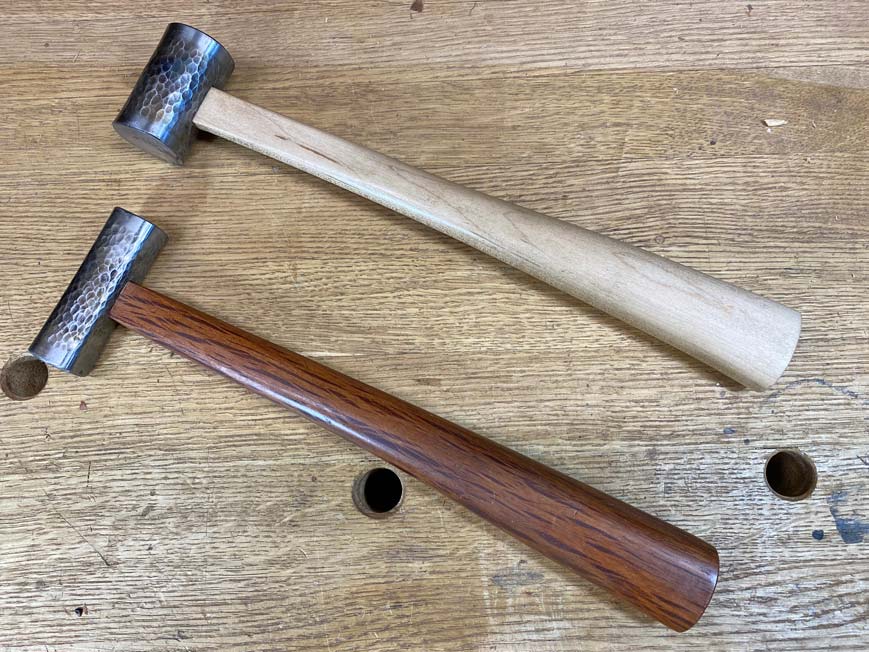
Originally Posted by
Michael Bulatowicz

Maybe you should try going back and reading the thread, including Tom’s original question. Nowhere do I see anyone suggesting using math to choose a mallet—only to understand and demonstrate the “why” in the original post. I see no attempt to answer Tom’s question in your response, but you did a fine job of setting up a strawman and then steering the topic to yourself.
There are a bunch of posts in this thread that are dedicated to physics, not picking a mallet. So I got a chuckle out of Derek's post. Maybe a bit grumpy this morning.
~mike
happy in my mud hut





 Reply With Quote
Reply With Quote






 While it sounds good as a theory, in practice it is about the same as determining the ideal speed to push a hand plane.
While it sounds good as a theory, in practice it is about the same as determining the ideal speed to push a hand plane.




